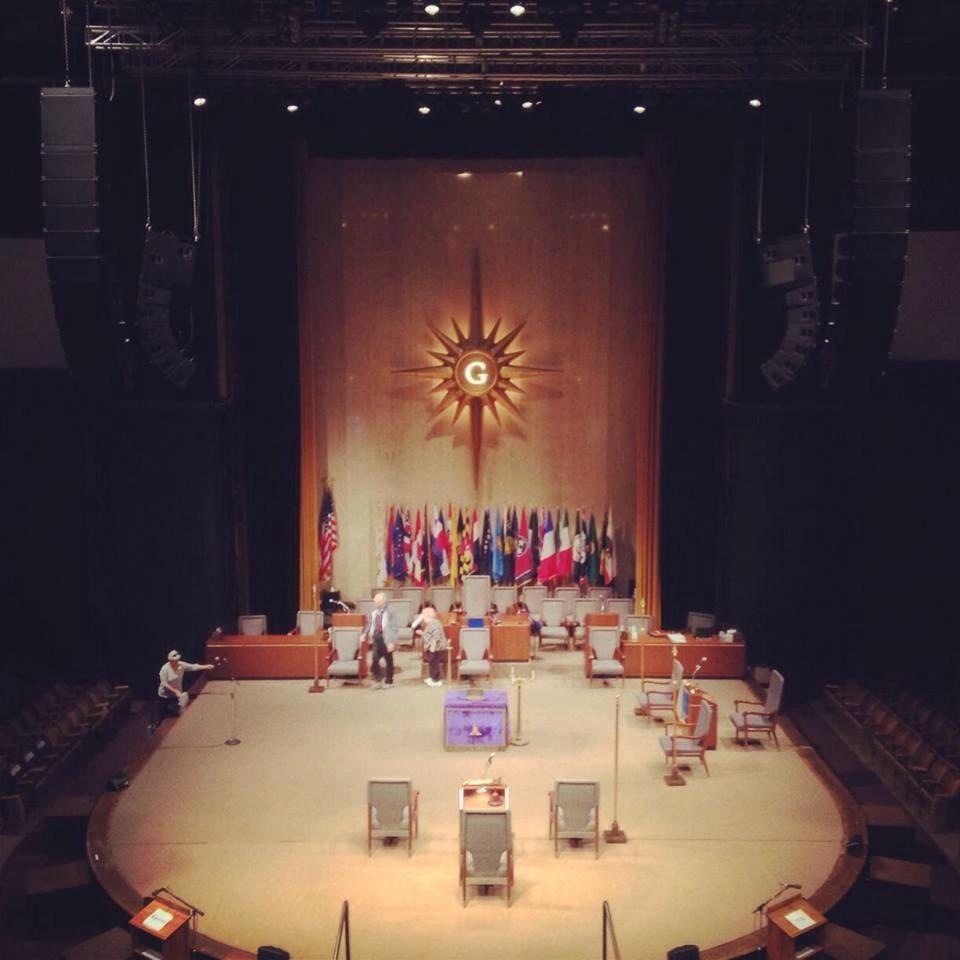During the years of enthusiastic entrepreneurs striving for unimaginable wealth in California in the 1840s, Freemasonry was not only present but growing. During the Gold Rush of 1849, numerous amounts of settlers traveled to California in search of fortune. A large number of settlers who came to California in the early days were Freemasons. They brought with them not only dreams of fortune but also their Masonic traditions. In consequence, many of the earliest lodges to appear during this time were in the gold rush towns. The same year that California became a state, the Grand Lodge of California was established in Sacramento.[1]

Not only was this push towards the West for riches but for class and culture as well. The northeastern Americans who traveled West were, or seek to be, middle-class men who not only aspired to be wealthy but rebelled against middle-class values.[2] Freemasonry is an organization that is inclusive of all classes and professions. In being so, a number of these middle-class fortune-seekers were Freemasons who strived to not only better their financial situation but their culture, community, and class.
The imagination of the frontier of the West is a place of legendary men of stature is challenged by the notion that average middle-class Americans from the northeast aimed to bring with them their customs, courtesies, and morals to disdain themselves from the rough and disorderly state of affairs that was current in the West.[3] To the Freemason, the ideals of good citizenship and tolerance for other humans are congruent with the middle-class culture that spread to California.

In a part of the world where one could feel distant and alone, there was a lodge that could give solace to every mason who trudged away looking for gold. At the formation of the Grand Lodge of California, the first Most Worshipful Master of California, Jonathan D. Stevenson, gave a speech to the new members of the Grand Lodge informing them that brotherly love and affection are recommended and shall be given to all. In addition, Stevenson promotes the idea that “no strife should ever exist either among Masons or Lodges, except that honorable strife or emulation of who can best promote the happiness of his fellow man.”[4]
[1] Grand Lodge of California, Journal of Proceedings of the Grand Lodge of the State of California (San Francisco, CA: Frank Eastman, 1857) 14-21.
[2] Brian Roberts, American Alchemy: The California Gold Rush and Middle-Class Culture (Chapel Hill: University of North Carolina Press, 2000) 5.
[3] Roberts, American Alchemy, 230.
[4] Grand Lodge of California, Proceedings of the Grand Lodge, 28.
